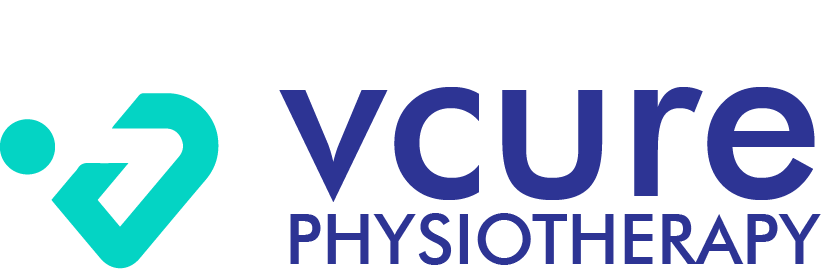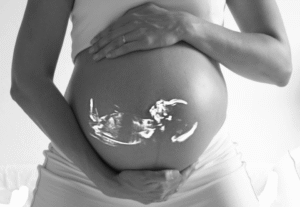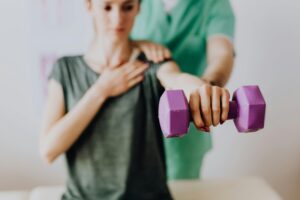Introduction –
Vertigo is a symptom, rather than a disease. It is associated with dizziness in conjunction with positional change. The feeling is often described as the world is spinning around you. It affects all ages. Vestibular rehabilitation helps in relieving episodes.
Causes of vertigo-
Vertigo is most often caused by vestibular dysfunction. The dysfunction can either be central or peripheral.
- Benign paroxysmal positional vertigo- it is the most common cause of vertigo. It results from calcium deposits or debris in the posterior semicircular canal of the ear. The episodes lasts for a few minutes.
- Meniere’s disease. This is an inner ear disorder due to buildup of fluid and changing pressure in the ear. It can cause episodes.
- Central etiologies include- Ischemic or hemorrhagic strokes , Tumors, Vestibular migraines, multiple sclerosis, etc
- Other causes can be medication-induced and psychologic disorders.
Who does vertigo commonly affect?
Vertigo affects both men and women. However it is two to three times more common in women. Prevalence increases as age increases.
Types of vertigo
- peripheral
- central
Peripheral
Peripheral vertigo occurs as a result of a problem in the inner ear, or the vestibular nerve.
Central
Central vertigo occurs as a result of a problem in the brain. It occurs due to conditions such as stroke, tumor, brain injury, multiple sclerosis,etc.
Symptoms
- Spinning
- Tilting
- Swaying
- Unbalanced
- Pulled to one direction
- Nausea and vomiting
- nystagmus
- headache
- sweating
- Ringing in the ears
Pathological insights-
The mechanism underlying benign paroxysmal positional vertigo (BPPV) is related to free-floating debris in the semicircular canal. The common etiopathologies include aging, migraine, Meniere’s disease, infection, trauma.
Treatment options-
Treatment depends on the cause. Options include the following
Vestibular rehab- exercises are designed to promote vestibular adaptation and substitution. It helps to enhance gaze stability; postural stability; to improve symptoms.
Medications and pharmacotherapy
Surgery in rare cases.
Why vestibular rehabilitation- its importance.
Vestibular rehab helps in achieving the following goals-
- Reducing dizziness
- reducing risk of falls.
- Improving Visual focus.
- Improving balance..
- Return to normal activities of daily living.
Components of vestibular rehab-
Examples of exercises include:
- Gaze stability exercises
- Posture improvement
- Stretching exercises
- strengthening exercises
- Balance retraining
- Walking exercises
- Neck mobility
- Cervical exercises
Exercises to help with episodes-

Risk population-
- History of head injury
- Infections
- Medication induced- anti seizure, anti depressants, etc
- Alcohol intake
- History of stroke
- Diabetes
- Hypertension
- Cardiovascular diseases
- Depression
Also read- https://vcurehealthcare.com/everything-you-need-to-know-about-angina-pectoris/





